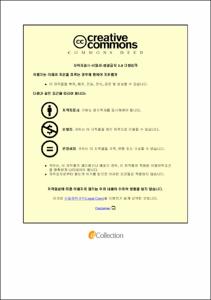Efficacy, and safety of 6% hydroxyethyl starch 130/0.4 to albumin in post-operative patients following pancreaticoduodenectomy
- Abstract
- Objective: This study was the efficacy, and safety of administering hydroxyethyl starch 6% 130/0.4 versus 5% albumin in patients undergoing pancreaticoduodenectomy.
Background: Hypovolemia often occurs in patients undergoing extensive abdominal surgery. We hypothesized that 6% hydroxyethyl Starch (HES) 130/0.4 is equally efficacious and safe, compared to albumin and has added advantages such as low cost, disease-free transmission, and ready availability.
Methods: Eligible adult patients were assigned following their surgery into either the HES 130/0.4 or the albumin group (n = 25 in each group). Crystalloids for hydration and colloid therapy for volume support were administered. The primary endpoint of the study was the hemodynamics. Secondary endpoints were efficacy and safety assessed by physical and laboratory examination, adverse events, and hospital courses.
Results: The HES group had a lower average heart rate (83.7 beats/min vs. 89.5 beats/min; p = 0.017) and showed no differences in MAP compared to the albumin group. In addition, the HES group maintained higher hematocrit (30.9% vs. 27.6%; p = 0.02), whereas the albumin group showed prolonged activated partial thromboplastin time during the first 24 h following surgery (38.6 s vs. 42.9 s; p = 0.017). Other laboratory values and hospital courses were comparable in the two groups. However, the mean cost of the colloids was significantly lower in the HES group than in the albumin group (462,176 Won vs. 106,459 Won; p < 0.001).
Conclusions: This study showed that 6% HES 130/0.4 is a more appropriate fluid strategy in post-operative patients following extensive abdominal surgery without sepsis.
- Issued Date
- 2019
- Awarded Date
- 2020-02
- Type
- Dissertation
- Alternative Author(s)
- KIM JAE SUN
- Affiliation
- 울산대학교
- Department
- 일반대학원 의학과의학전공
- Advisor
- 홍석경
- Degree
- Doctor
- Publisher
- 울산대학교 일반대학원 의학과의학전공
- Language
- eng
- Rights
- 울산대학교 논문은 저작권에 의해 보호받습니다.
- Appears in Collections:
- Medicine > 2. Theses (Ph.D)
- 파일 목록
-
-
Download
 200000290896.pdf
기타 데이터 / 329.35 kB / Adobe PDF
200000290896.pdf
기타 데이터 / 329.35 kB / Adobe PDF
-
Items in Repository are protected by copyright, with all rights reserved, unless otherwise indicated.